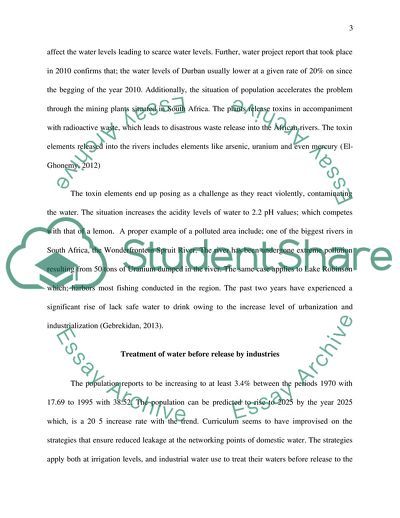Cite this document
(Techniques for Providing Water to Arid Regions Report Example | Topics and Well Written Essays - 1250 words, n.d.)
Techniques for Providing Water to Arid Regions Report Example | Topics and Well Written Essays - 1250 words. https://studentshare.org/environmental-studies/1800432-feasibility-of-providing-clean-water-to-arid-regions-of-the-world
Techniques for Providing Water to Arid Regions Report Example | Topics and Well Written Essays - 1250 words. https://studentshare.org/environmental-studies/1800432-feasibility-of-providing-clean-water-to-arid-regions-of-the-world
(Techniques for Providing Water to Arid Regions Report Example | Topics and Well Written Essays - 1250 Words)
Techniques for Providing Water to Arid Regions Report Example | Topics and Well Written Essays - 1250 Words. https://studentshare.org/environmental-studies/1800432-feasibility-of-providing-clean-water-to-arid-regions-of-the-world.
Techniques for Providing Water to Arid Regions Report Example | Topics and Well Written Essays - 1250 Words. https://studentshare.org/environmental-studies/1800432-feasibility-of-providing-clean-water-to-arid-regions-of-the-world.
“Techniques for Providing Water to Arid Regions Report Example | Topics and Well Written Essays - 1250 Words”. https://studentshare.org/environmental-studies/1800432-feasibility-of-providing-clean-water-to-arid-regions-of-the-world.


